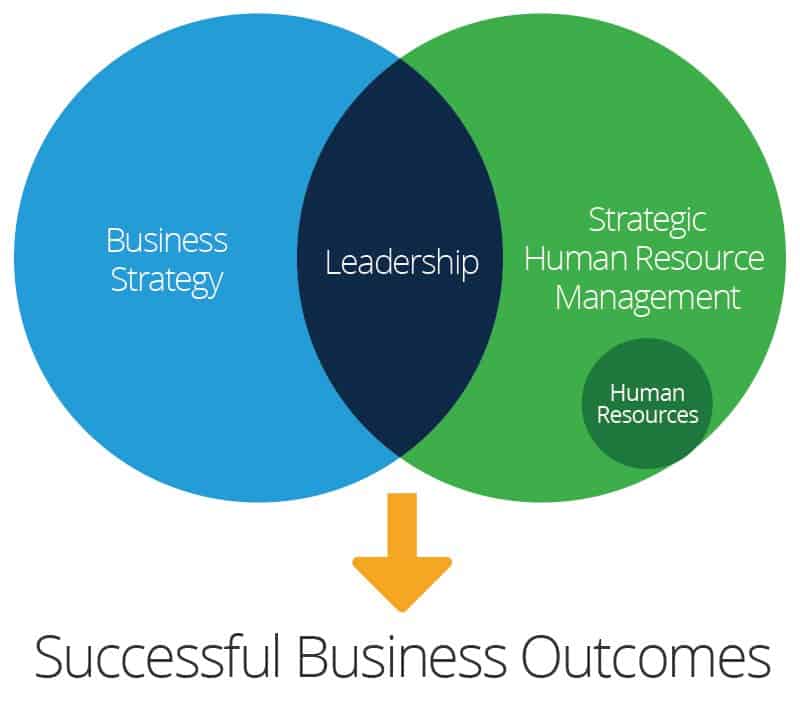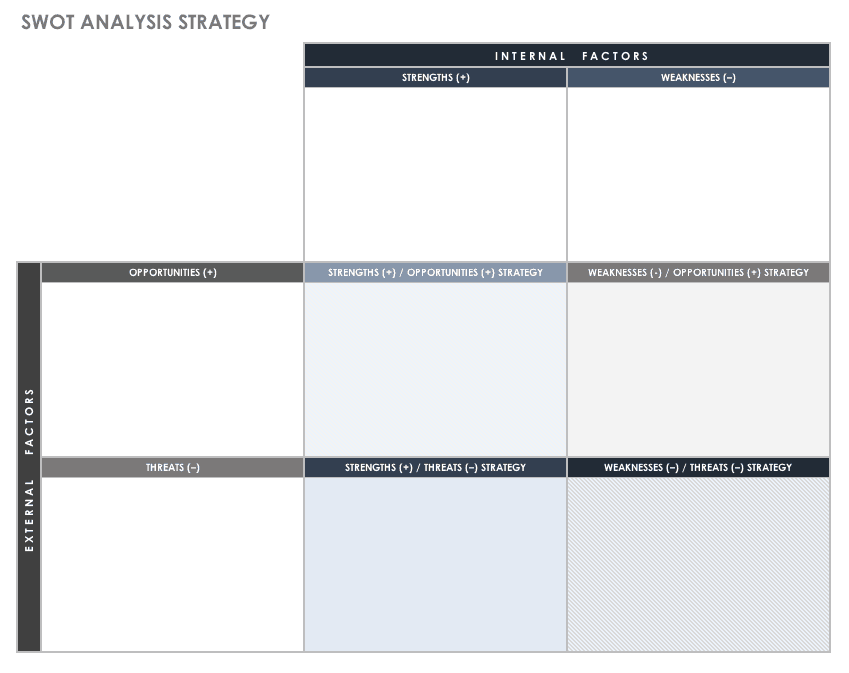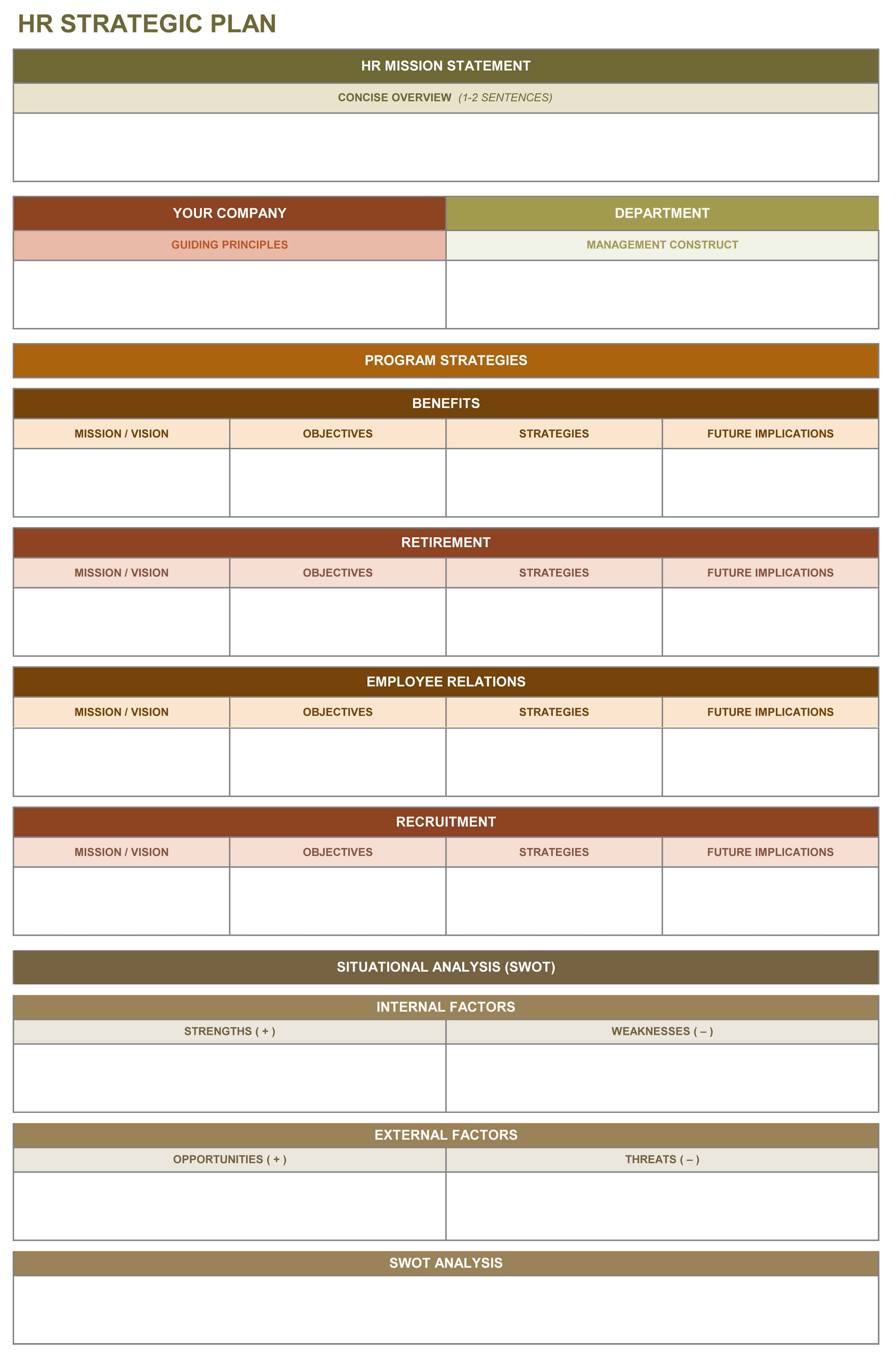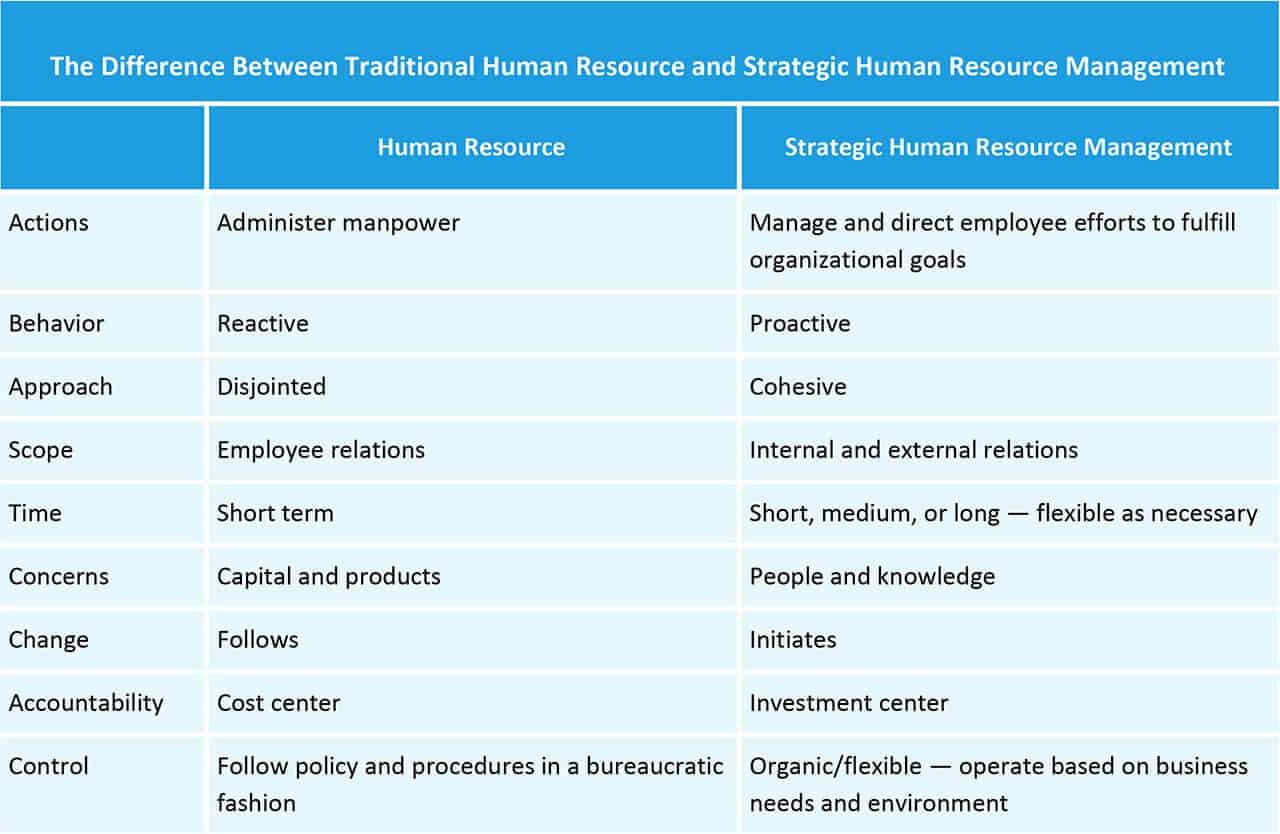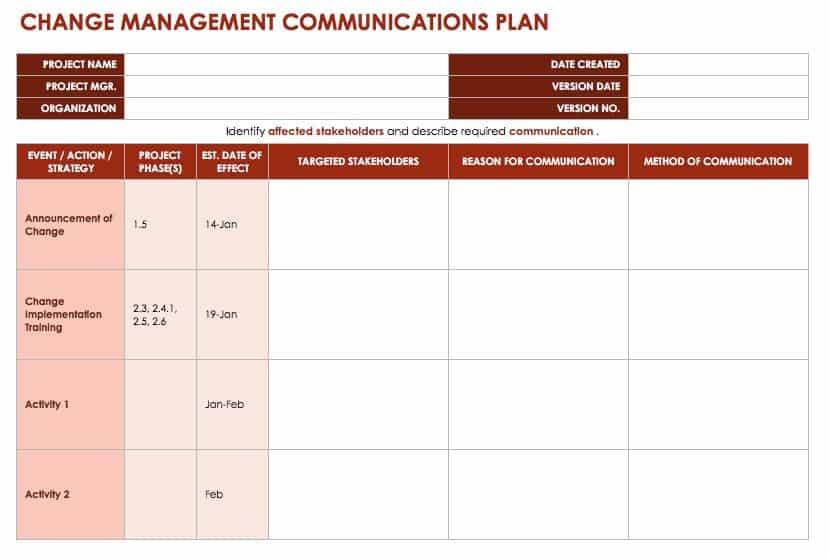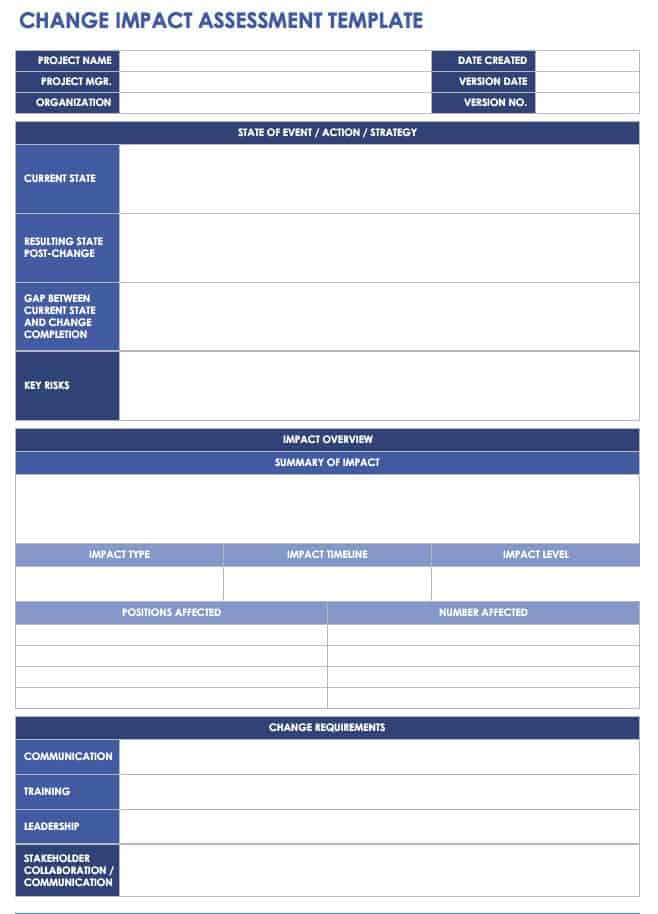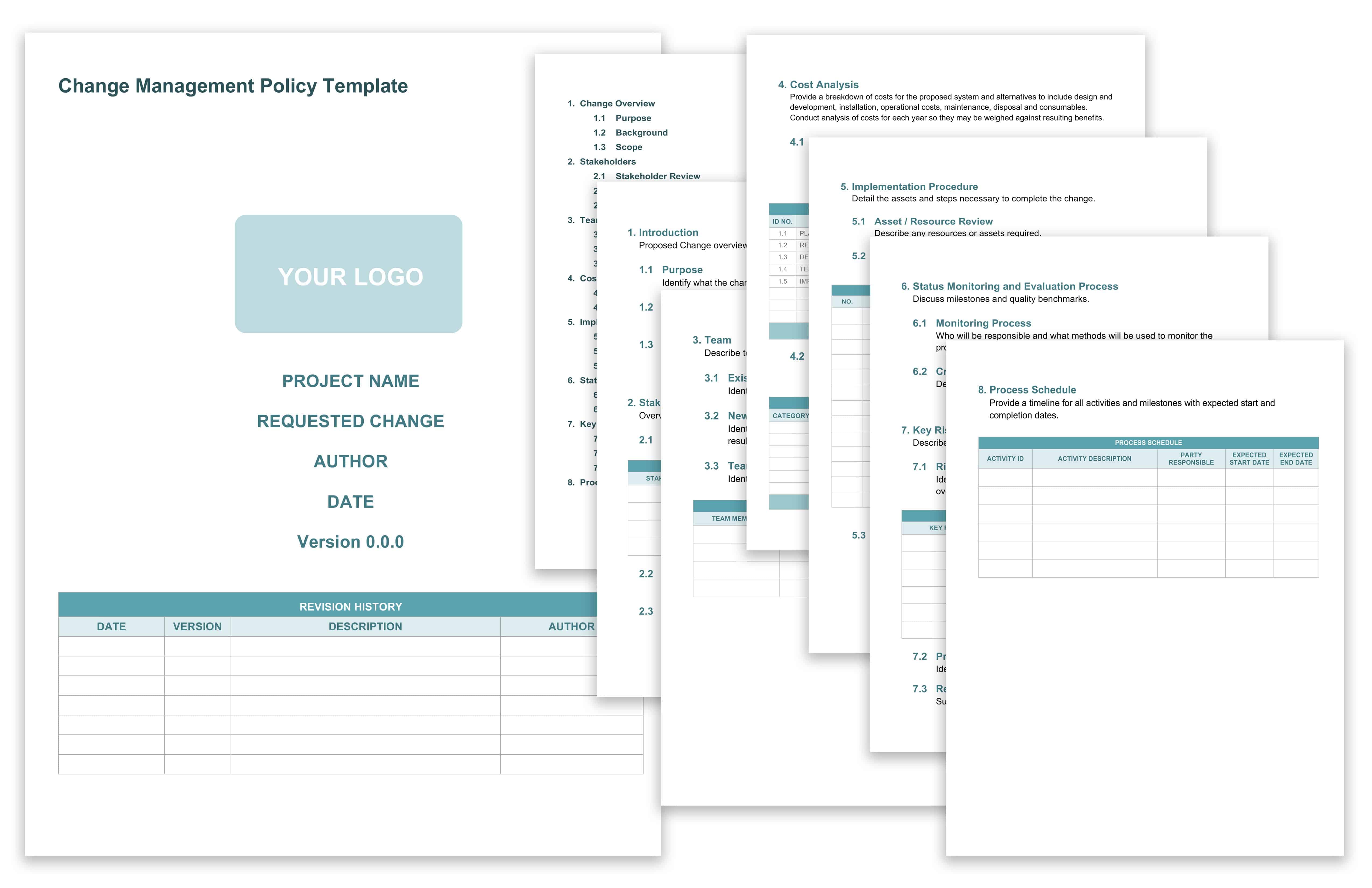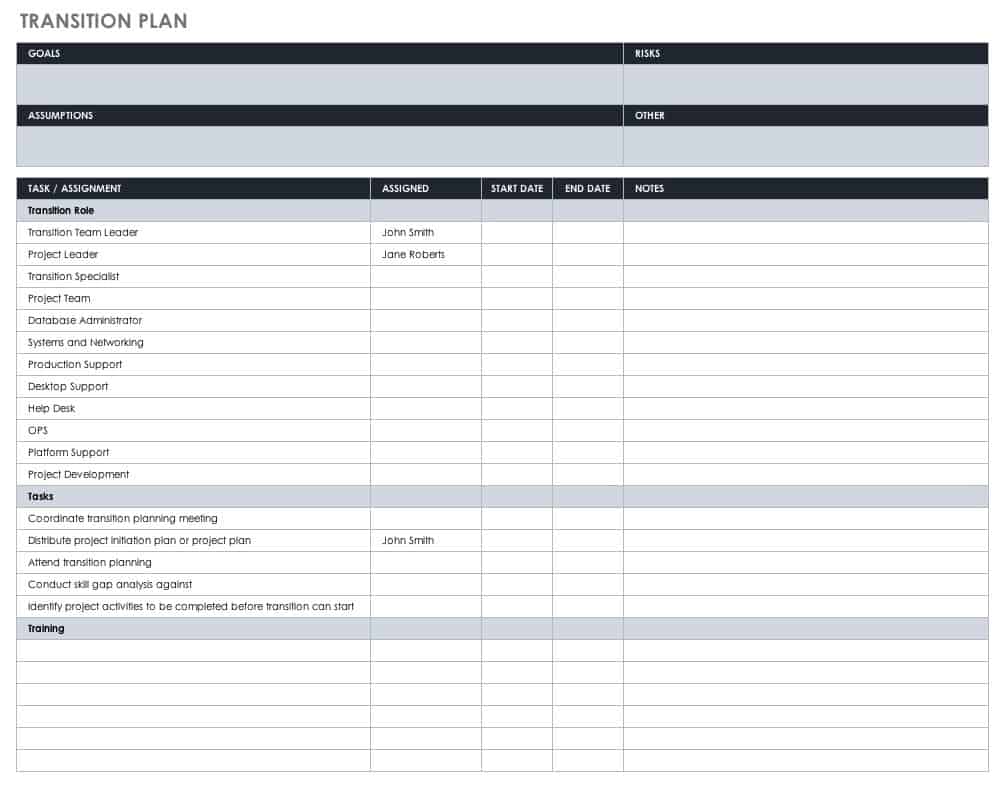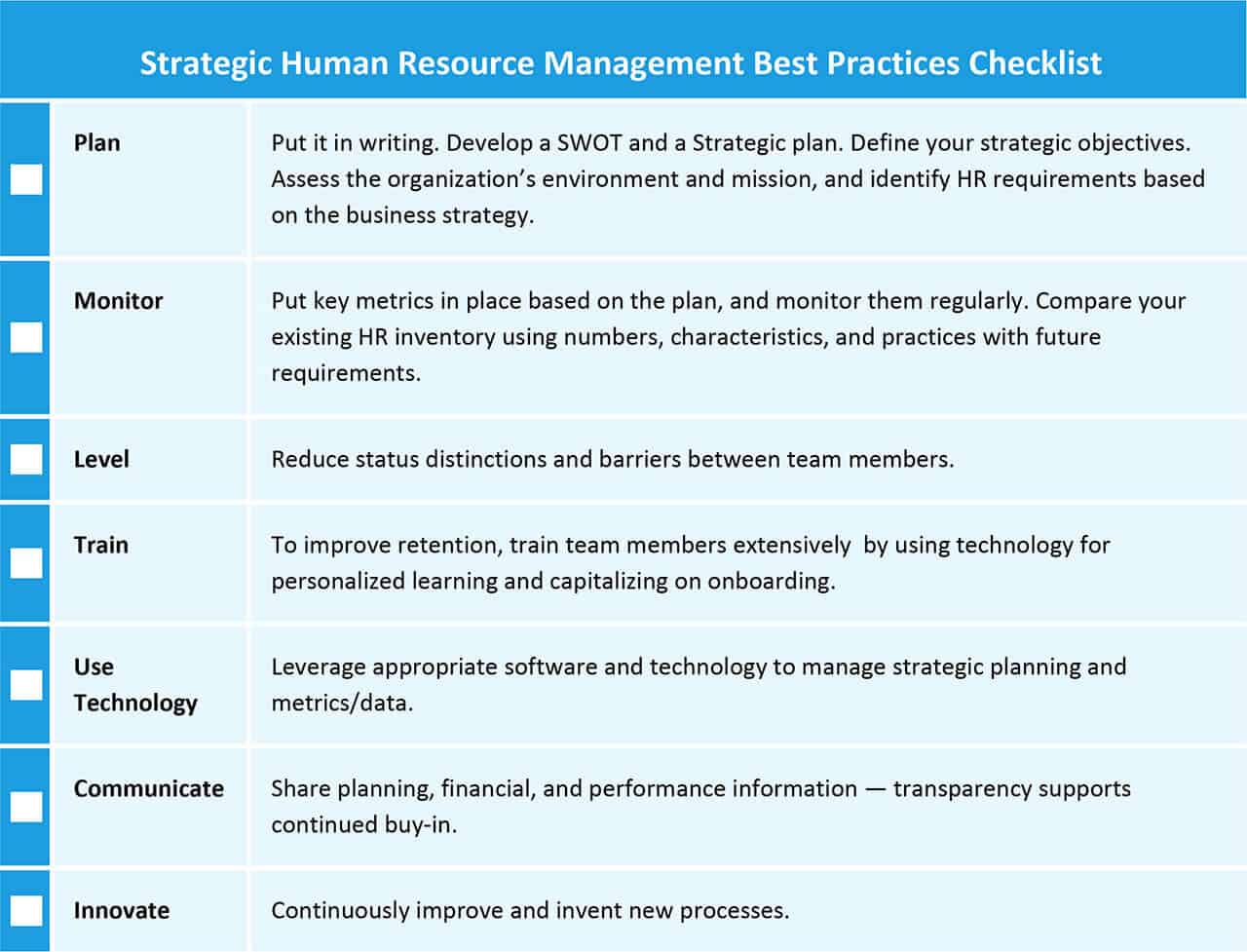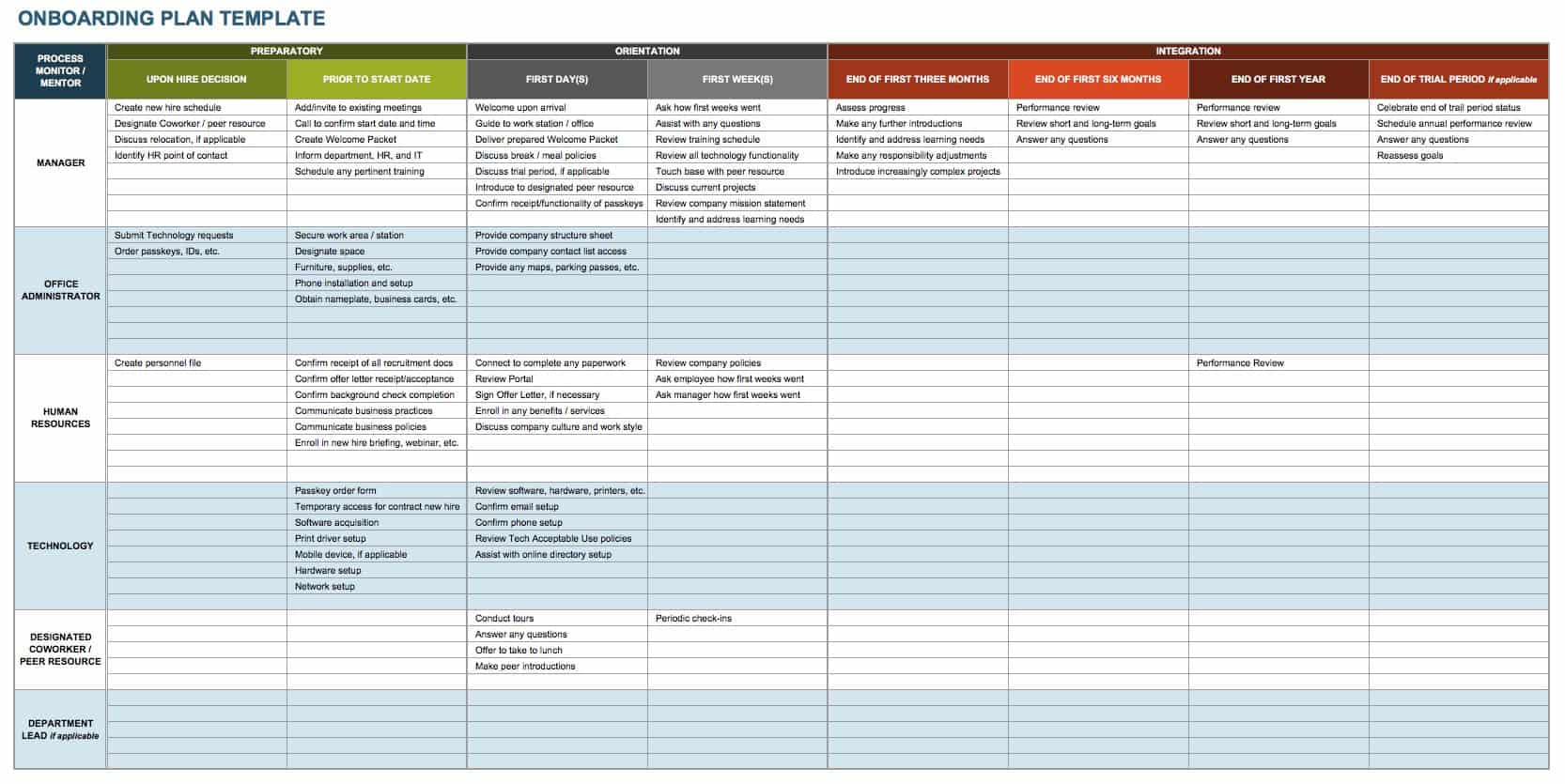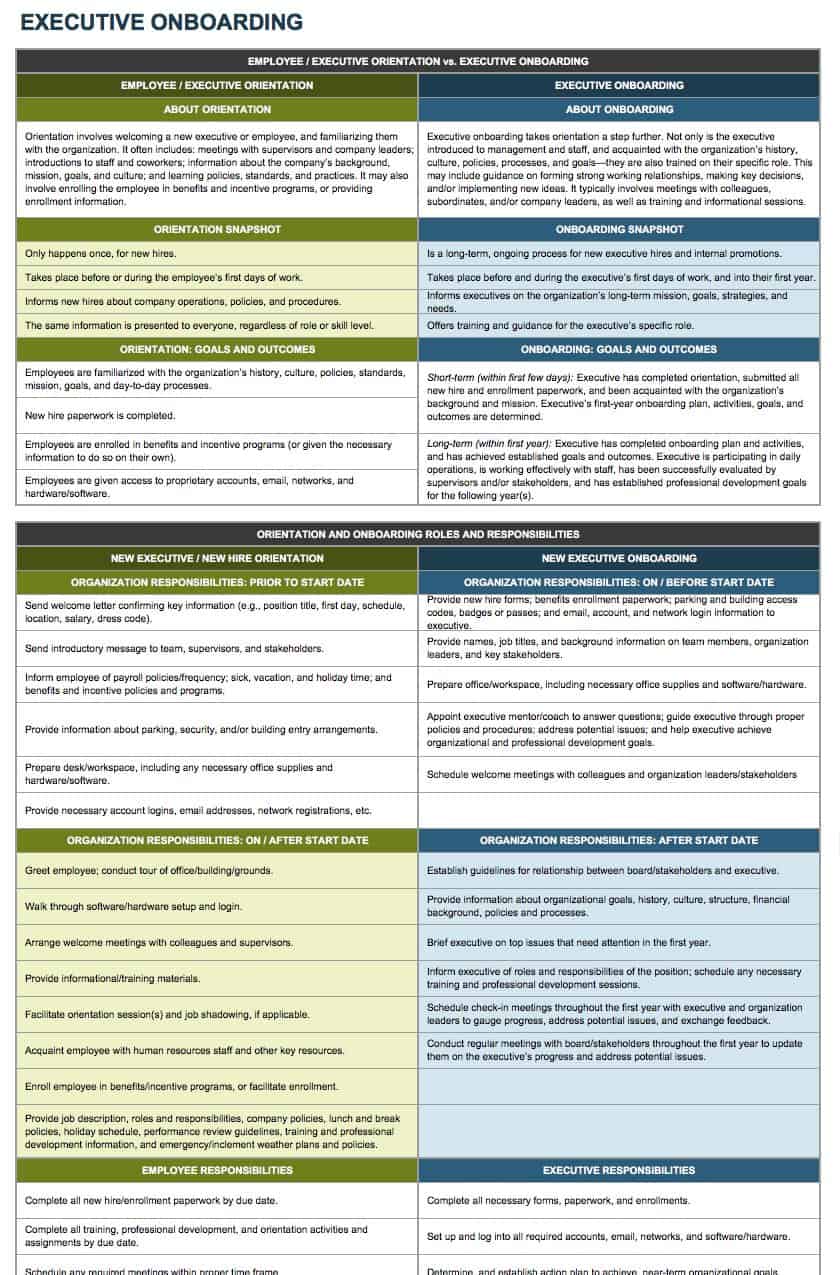What Is Strategic Human Resource Management?
Strategic human resource management is an approach to the practice of human resources that addresses business challenges and makes a direct contribution to long-term objectives. The primary principle of strategic human resource management is to improve business performance and uphold a culture that inspires innovation and works unremittingly to gain a competitive advantage. It’s a step above traditional human resources and has a wider reach throughout the organization.
Strategic human resource management has no set definition nor one specific model that practitioners follow. There are organizations, like the American College of Healthcare Executives (ACHE), that suggest best practices for their own profession.
The framework that does apply universally to the discipline of strategic human resource management is the link between it and the overall business strategy.
Strategic Human Resource Management’s Relationship to Business Strategy
Reaching ultimate business goals requires leadership. Strategic human resource management encompasses the traditional human resources functions of recruiting, screening, interviewing, and hiring employees, but also works with the overall organizational strategy to achieve success.
The Roots of Strategic Human Resource Management
Langbert says that strategic human resource management grew out of important social and historical events: “Industrial psychologists and reformers laid the groundwork for human resource management in the early twentieth century. A few of the developments that led to an interest in Human Resource Management include the development of psychological, especially IQ testing during World War I, the social work and YMCA movements that helped immigrant workers adjust to industrial life, and the threat of labor unions and strikes.”
HR managers saw themselves as having a unique role. “They often viewed themselves as psychologists, or as specialists outside the mainstream of the business” says Langbert. “Recall, in the 1947 film Miracle on 34th Street, the HR manager who fancies himself a psychologist and ham-handedly attempts to commit Santa Claus.”
Langbert continues, “In his classic book on business strategy, Competitive Strategy, Michael Porter points out that in the development of strategic advantage, human resources is an essential element. Take, for example, Japanese auto companies. They rose to ascendancy in the 1970s through long-term thinking about human resource management (e.g., lifetime employment). They continued to rise in the 1980s and 90s through the total quality management movement as well as through the use of organizational culture that had become dominant.”
How did we get to strategic human resource management? Langbert says, “The increasing emphasis on technology and services has further enhanced the importance of HR as a strategic variable.”
Strategic Human Resource Management Is About Working Hand in Hand with the C-Suite
She adds, “Historically, HR has been reactive. Directives would come from the top and HR would need to adjust accordingly. In Strategic Human Resource Management, HR has a seat at the table and works hand in hand with Chief Operations Executives to forecast staffing needs, pipeline succession, and other HR wheelhouses to determine how to support the organization proactively.”
Growth Mindset Framework and Strategic Human Resource Management
In his article, “How HR Executives Can Enhance Strategic Management Processes,” Deshler writes, “Effective HR executives should be growth mindset catalysts and multiply such thinking wherever they are involved. In many ways, HR executives can ‘set the perfect stage’ for the organization to realize the most meaningful change.” He adds, “Done right, their conscious structuring of the perfect environment can lead a team to greater overall success.”
Efficient HR Functions Support Strategic Human Resource Management
Managing basic human resources functions is an essential element of overall organizational success and an indispensable component of effective strategic human resource management. For information and free templates to keep your human resources running smoothly, read Top Excel Templates for Human Resources. The article includes useful tools, like the one below, concerning a staffing/recruiting plan:
Strategic Planning in Human Resource Management
HR leaders in successful international companies, like Starbucks and Coca-Cola, make proactive decisions and are an integral part of the organization's strategy team. A majority of these leaders state that strategic planning is part of their role. Deshler notes that startups and smaller organizations should pay attention: If big players use the strategic human resource management approach, they too may want to use strategic human resource management to help their businesses thrive.
Creating your strategic human resource management approach begins with writing a plan based on your organization’s strategic goal. Start with a SWOT analysis (strengths, weaknesses, opportunities, and threats).
SWOT Analysis Strategy Template
Understanding strengths, weaknesses, opportunities, and threats is the basis of every strategic plan. Seeing these factors side by side clarifies what to address to formulate a powerful strategic human resource management plan.
Download SWOT Analysis Strategy Template - Excel
As you continue to work on your written plan, focus on gaps that exist in the organization’s current situation, and create your strategy with a focus on your mission and an eye toward the future. For best results, involve line managers in the process.
Strategic Human Resource Management Plan Template
Organize your strategic HR plan and share it with team members for their input. Add your completed SWOT analysis. Use the template as is, or modify it based on your requirements, and translate your strategies into measurable action plans. This simple layout makes it easy for stakeholders to review critical information.
Roles in Strategic Resource Management and the New Economy
“In Human Resource Champions (1996), David Ulrich argues that there are four HR roles: strategic player, administrative expert, employee champion, and change agent,” says Langbert. “The traditional psychologist and union avoidance are implied in the administrative expert and employee champion roles.”
According to Langbert, in the new economy, there are different considerations: “The strategic player and change agent roles suggest that HR managers need to collaborate with both line managers and employees. They need to think about and design HR systems that match culture, technological process, and organizational structure with the aim of supporting top management’s strategic thinking.”
Langbert provides examples: “In cost-competitive firms like Wal-Mart, HR needs to think about cost minimization. In the differentiation and focus companies of the new economy (businesses that Warren Buffett would say have a wide moat), HR needs to help identify training, selection, and performance management systems that support top management’s objectives to innovate, focus on customer needs, improve processes, and improve service.”
The Benefits and Competitive Advantages of Strategic Human Resource Management
The greatest benefit of strategic human resource management is also its purpose: to improve organizational performance by integrating and aligning with business strategy.
“Strategic human resource management is certainly a competitive advantage. In manufacturing firms, quality processes depend on stable HR systems. In service companies, HR provides training, rewards, performance management, and employee selection support that enable businesses to serve customers best. Great hotels, whether high-end ones like the Four Seasons chain or more modest ones like Hampton Inn, utilize quality processes that depend on training, support, employee selection, and rewards,” says Lambert.
By creating systems to achieve better organizational performance, strategic human resource management promotes the following benefits:
- HR-Related Outcomes: Lower turnover, reduced absenteeism, increased job satisfaction, and higher employee commitment
- Organizational Outcomes: Heightened productivity, quality, service, efficiencies, and customer satisfaction
- Financial Outcomes: Higher profits, sales, return on assets, and return on investment
- Capital Market Outcomes: Increased market share, stock price, and growth
Deshler says that a company can achieve these benefits only if the strategic human resource management aligns with the business strategy. “Strategic human resource management by itself is not a competitive advantage for most organizations — in fact, this is where I believe we sometimes go wrong. Strategic human resource management work is strategic when it enables the strategy of the business. Too many HR executives have pursued programs and HR capabilities that the company didn’t want or need. Of course, we are well-intended as we recommend and build strategic human resource management capabilities, but a careful eye must be kept on how these capabilities will enable business strategy,” he emphasizes.
Research (The Impact of Strategic Human Resource Management on Organizational Performance, The Importance of Human Resource Management in Strategic Sustainability: An Art and Science Perspective, and The Role of Strategic Human Resource Management in Creation of Competitive Advantages) offers evidence that using progressive HR approaches achieves significantly better financial results.
The Role of Strategic Human Resource Management in Strategic Change
The primary goal of change management is to successfully implement new processes, products, and business strategies while minimizing adverse outcomes. Strategic human resource management and strategic change are tightly interconnected.
“Changes in policies, process, products, markets, culture, or mission depend on HR on many levels. New approaches often require new ways of thinking about compensation and rewards, for instance,” says Langbert. “A shift to a more dynamic style of doing business might demand the implementation of at-risk pay. New technologies require training programs. Top management needs to think about cultural issues, impacts on employee morale, how layoffs will affect the culture and morale, and similar problems.”
Deshler offers his perspective on what it takes to move change forward: “Change is constantly happening in every organization, but most organizations lack robust organizational capabilities around change. Yes, there might be some change experts on the team, or there might be some tools lying around, but to build a truly strategic change capability, HR leaders need to be thinking about how they will create a change platform that combines traditional change management and program management. A change platform not only has a model for change and some tools, but also has a mechanism for training leaders and practitioners, temporary structures and roles to drive the change, project timelines and risks/issues, and means of measuring progress. Without all of these elements, strategic change results can be spotty.”
Organizational Change Management Communications Plan
Keeping team members informed about impending changes makes transitions smoother and less stressful. Use this template to keep track of the communications process and ensure that you stay on schedule.
Download Change Management Communications Plan Template
Change Impact Assessment Template
Every change impacts team members and business performance. Before you initiate changes, impact assessment will help you determine how alterations may affect team members, processes, and systems. Examine impact timing, risks to consider, and actions that may help mitigate the impact. Use this template on its own to assess changes, or add it to an overall HR plan.
Download Change Impact Assessment Template
Change Management Policy Template
This template provides an outline for change management, from clarifying the type and scope of changes, to identifying the roles and responsibilities for affected team members, to assessing risk factors. Include detailed information on the control process you will employ and the procedures to follow.
Download Change Management Policy Template - Word
Transition Plan Template
When moving team members to fill different roles in your organization, a written transition plan can reduce information loss. This template helps the person previously in the role connect with and train the new team member. Input start and end dates, tasks, goals, assumptions, and more.
Download Transition Plan Excel Template
Barriers to Strategic Human Resource Management
HR departments may need to overcome their ideas and discomfort to achieve long-term goals. As Deshler notes, “Change is difficult. Strategic human resource management has been trending upward for decades but continues to challenge HR professionals due to their resistance and other forces.”
Here are the resistance factors you may encounter:
- Fear of Failure: Strategic human resource management is a significant shift for the people in organizations, particularly because of metrics and the need for transparency. Senior-level managers may resist taking strategic steps because of a fear of incompetence. There may also be a fear of victimization in the wake of potential failure.
- Lack of Commitment/Cooperation: A status-quo approach from employees is a barrier to change. You may not have buy-in from all of the senior management team. Unresolved interdepartmental conflicts may make it difficult to adopt a new approach. There may also be leadership conflict over the question of authority.
- Resource Challenges: There may be real or perceived time and resource limits.
- Outside Pressures: Immediate economic and market pressures may prevent the adoption of strategic human resource management. The organization may be vulnerable to legislative changes. The resistance may also come from labor unions.
How can you overcome these barriers? Effectively communicating the benefits and strong leadership from senior management can remove the fear of failure and lack of commitment and cooperation. To deal with resource challenges, senior management can provide appropriate budgets and reassign tasks to make strategic human resource management feasible. It may not be possible to mitigate outside pressures immediately, but planning can take place to set up for the future.
You can also overcome the resistance to change through the use of best practices discussed in the following section.
Best Practices in Strategic Human Resource Management
Every organization needs to create its own detailed best practices since, by its very nature, strategic human resource management planning should be tailored to each specific organization.
Marek believes that metrics are a must: “Some key metrics a strategic HR professional must always analyze are turnover, available workforce, growth needs, current staffing needs, and at-risk employee positions. In the event of a turnover, at-risk employee groups must always have a pipeline succession in place to fill key positions.”
To help provide a framework, here are actions to consider as you refine your process:
Download Strategic Human Resource Management Best Practices Checklist
Retention and Onboarding in Strategic Human Resource Management
Hiring the right team members is time consuming and expensive, so retention is a major factor in meeting business goals. Onboarding, or organizational socialization, is a best practice that helps new hires at all levels learn the ropes. Learn more by reading Employee Onboarding Processes: Plans, Best Practices, Flowcharts.
Onboarding Plan Template
Use this template to generate an overall plan for activities to complete at each stage of onboarding. Note contacts in the far-left column. The remainder of the spreadsheet shows the onboarding tasks assigned to each contact throughout the year. Add or remove columns as needed to create your comprehensive onboarding plan.
Download Onboarding Plan Template
Executive Onboarding Template
While it’s important for an executive in a new position to hit the ground running, their onboarding process is often more complex and individualized than that for a new hourly employee. Due to the potential financial risk an organization faces if the hire doesn’t work out, it’s essential to follow a careful onboarding process. Based on skills, goals, and identified areas for growth, this template includes input from the individual to help tailor the onboarding process.
Download Executive Onboarding Template
Onboarding Feedback Form
For many processes, honest feedback provides the best path to continuous improvement. An onboarding survey will provide insights on what is and isn’t working in your existing process and will help you reach your goals for productivity, performance, and employee retention.
Trends and Predictions for the Future of Strategic Human Resource Management
Deshler says, “There are two trends I see in strategic human resource management. The first is that strategic change is occurring more often and in more areas simultaneously. HR executives and practitioners need to think about how they lead when there are numerous simultaneous changes. The second is that organizations are adopting more agile ways of working — a great opportunity. It means that HR leaders and practitioners think differently about the speed at which they design and implement strategic human resource management programs. They will have to get used to less precision and have more comfort with delivering ‘minimally viable products."
Where is strategic human resource management headed? Langbert predicts, “Technological innovation will continue apace, as will the need for training. Diversity has many benefits, but it also requires management and support. Employee benefits will remain a sensitive area as the aging population makes increasing demands on firms’ benefits programs. The economy will be a competitive place, and customer service and interpersonal skills training will be in demand. Back in the early days of the internet, some of my students thought that technology would reduce the need for interpersonal and other management skills. The reverse is true. As technology becomes ever more sophisticated, the need for technologically adept, highly motivated workers will become even greater. Managers will need to grapple with discontinuity and change, and HR will continue to play an increasingly sophisticated role.”
Strategic Human Resource Management Leadership Skills Can Take Professionals to a New Level
Being a Chief Human Resources Officer requires a high level of sophistication and a wide variety of skills: commercial acumen, comprehension of cultural differences, awareness of shifting demographics, change management talents, and the ability to act as an advisor to executives and the board. These capabilities are vital in the new economy and are more frequently leading to president and CEO roles. A Harvard Business Review article, “The New Path to the C-Suite,” notes that CHROs have what it takes to make it to the top office in the company, and research by Korn-Ferry found that strategic human resource management skills may be the future’s professional stepping stone to the top business leadership roles.
Improve Your Strategic Human Resource Management Skills with Smartsheet for Human Resources
Empower your people to go above and beyond with a flexible platform designed to match the needs of your team — and adapt as those needs change.
The Smartsheet platform makes it easy to plan, capture, manage, and report on work from anywhere, helping your team be more effective and get more done. Report on key metrics and get real-time visibility into work as it happens with roll-up reports, dashboards, and automated workflows built to keep your team connected and informed.
When teams have clarity into the work getting done, there’s no telling how much more they can accomplish in the same amount of time. Try Smartsheet for free, today.
